This article was co-authored by wikiHow Staff. Our trained team of editors and researchers validate articles for accuracy and comprehensiveness. wikiHow's Content Management Team carefully monitors the work from our editorial staff to ensure that each article is backed by trusted research and meets our high quality standards.
wikiHow marks an article as reader-approved once it receives enough positive feedback. This article received 22 testimonials and 90% of readers who voted found it helpful, earning it our reader-approved status.
This article has been viewed 873,033 times.
Learn more...
Panty liners are thin pads that absorb small amounts of menstrual blood and fluid. Some girls and women choose to wear panty liners leading up to an oncoming period, during their period as extra protection when they use a tampon or menstrual cup, or in the last few days of their period when the flow is light. If you’re expecting your first period, you’re probably wondering if you should start wearing panty liners soon. Watch for signs that your first period may be on its way! Then, once you’ve started your period, use panty liners for extra protection and as a less bulky alternative to pads on light flow days.
Steps
Watching for Signs of Your First Period
-
1Look for your first period to arrive between the ages of 10 and 15. Everyone is different, so just because a friend, sibling, or cousin started their period already doesn’t mean there’s anything wrong. You can start your period any time between the ages of 10 and 15 and it’s perfectly normal. You might even start a little earlier or later than this and that’s fine, too.[1]
- Talk to your doctor if you’re 15 and still haven’t started your period. This might be perfectly normal, but in some cases it could indicate a problem, such as malnutrition if you’re underweight.
- If you start your period a little later than other girls, consider yourself lucky! Having your period isn’t a bad thing, but it does require some extra time and effort in terms of personal hygiene. Enjoy this time before having your first period and know that it will arrive when your body is ready for it.
-
2Expect your period within 2 years if your breasts are growing. If you’re wearing a training bra or starting to notice that your breasts are growing, this is a sign that your period may be on its way. Most girls get their periods within 2 years of their breasts developing.[2]
- The size of your breasts doesn’t matter regarding when your period will start. You can have small breasts and still get your period, or large breasts and not start it for another year or 2.
Advertisement -
3Watch for your period if you notice discharge from your vagina. If you’ve spotted discharge coming from your vagina that resembles mucus, your period might arrive within 6 months. You may notice the discharge when you wipe after going to the bathroom or see it in your underwear.[3]
- If the discharge bothers you, try wearing a panty liner to absorb it. This will also provide you with some protection if you start your period unexpectedly.
-
4Expect a period within 1 week if you have PMS symptoms. Pre-menstrual syndrome (PMS) are strong signs that your period is about to start. However, not all girls experience PMS symptoms, so you might not notice anything right before a period starts. Some things to watch for include:[4]
- Cramping in your belly or lower back
- Bloating in your belly
- Breaking out in pimples
- Having sore breasts
- Feeling tired
- Having mood swings, such as suddenly feeling angry, sad, or anxious
Using Panty Liners After Your Period Starts
-
1Wear a panty liner in the days leading up to your expected period. If you have noticed signs of an oncoming period or if you expect your period to start soon based on when it started the previous month, put on a panty liner. This will provide a small amount of protection if your period starts early or if you don't notice it right away. The, switch to a tampon or pad when you are able to.[5]
- Try tracking your periods using a calendar or fertility app. These can help you to predict your next period, so you can start wearing a panty liner a day or 2 before.
-
2Use a panty liner for extra protection if you use a tampon or cup. Tampons and cups go inside of your vagina and they collect menstrual blood and fluids. However, they can sometimes leak, such as if you have a heavy flow or if the tampon or cup is not inserted properly. Wearing a panty liner along with using a tampon or cup can help you to avoid leaks.[6]
- Keep in mind that tampons and cups are generally effective when you use them correctly, but if you’re new to using them, a panty liner can provide you with extra security and peace of mind.
-
3Switch from pads to panty liners on light flow days. Your period will get lighter and lighter as you approach the end of it. This is normal. Even though the flow will be light, it’s still important to wear a feminine hygiene product. A panty liner is a great choice in the last few days of your period since it’s less bulky than a pad, but will still absorb menstrual fluids.[7]
- For example, if your periods generally last 5 days, try wearing a panty liner on days 4 and 5.
-
4Change the panty liner at least once every 3 to 4 hours. This will help to prevent odors from building up and avoid leaks. Remove the old panty liner by peeling it out of your underwear. Then, roll it up with the pad side on the inside and wrap it in toilet paper. Throw the panty liner away in a garbage can. Then, unwrap a new panty liner and press the adhesive side into the inside of your panties.[8]
- If your flow increases, you might need to switch to a tampon or pad. If the flow is very light or non-existent, you might be able to skip wearing a panty liner entirely.
- Make sure that your period is completely over before you stop wearing a panty liner. You may want to wear a panty liner for 1 to 2 days after you are sure it has stopped. For example, if your period generally lasts 6 days, wear a panty liner on days 7 and 8, too.
Warnings
- Don’t use a panty liner alone on a heavy flow day. This won’t provide enough protection and you may end up leaking and staining your clothing.⧼thumbs_response⧽
- Never flush a panty liner down the toilet! They are not meant to be flushed and will likely clog the toilet.⧼thumbs_response⧽
References
- ↑ https://kidshealth.org/en/teens/menstruation.html
- ↑ https://kidshealth.org/en/teens/menstruation.html
- ↑ https://kidshealth.org/en/teens/menstruation.html
- ↑ https://www.plannedparenthood.org/learn/teens/puberty/whats-periods
- ↑ https://www.plannedparenthood.org/learn/teens/puberty/whats-periods
- ↑ https://www.girlshealth.gov/body/period/pads.html
- ↑ https://www.girlshealth.gov/body/period/pads.html
- ↑ https://kidshealth.org/en/kids/pads-tampons.html
About This Article
If you aren't sure if you're ready to wear panty liners, or if you're unclear on when to use them, don't worry -- most women wonder the same thing at some point! If you're worried about starting your period unexpectedly, like at school, try wearing panty liners in the days leading up to your period. This will provide protection if your period starts early. Once your period starts, switch to tampons or pads. If you're using a tampon and experiencing heavy flow, you can wear a panty liner to catch the leakage. If you wear pads, you can switch to panty liners on light flow days at the end of your period. Change the panty liner at least once every 3-4 hours and make sure that your period is completely over before you stop wearing panty liners. You may want to wear a panty liner for 1-2 days after your period just in case! For tips on putting on and removing panty liners, read on!
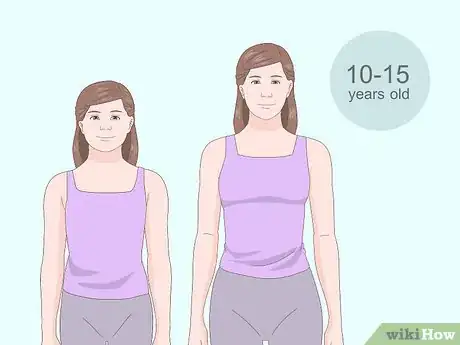
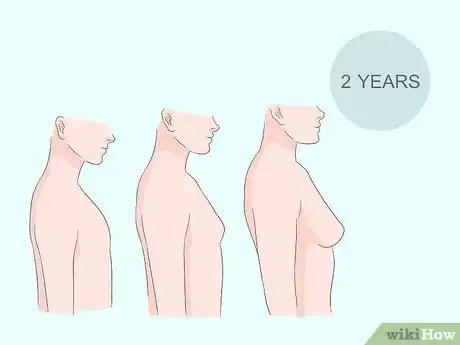



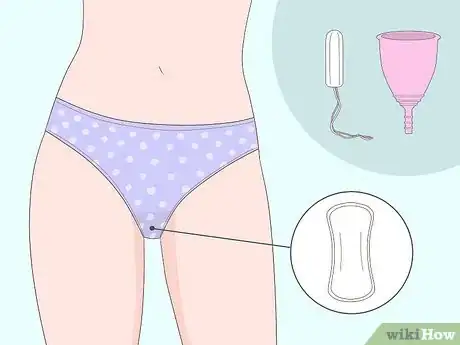
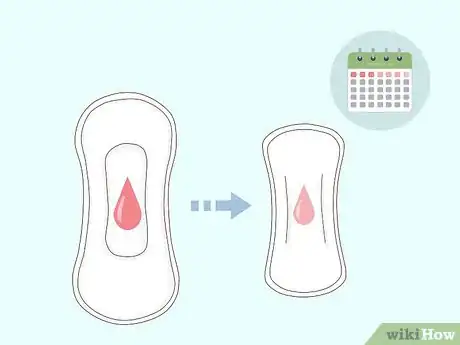
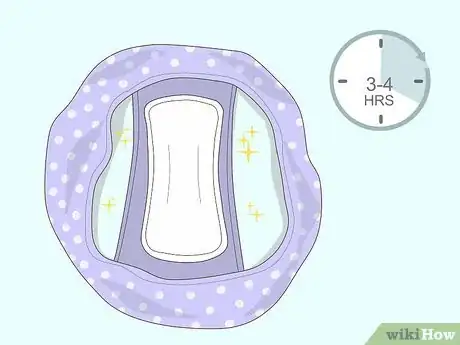

-Step-14.webp)





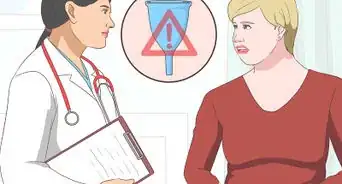
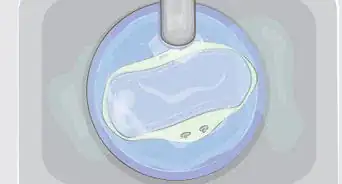
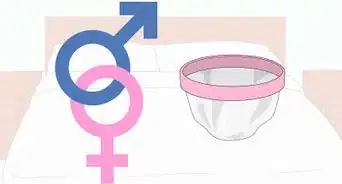
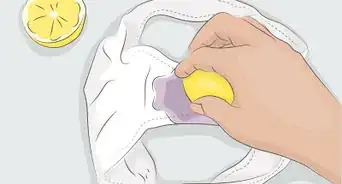













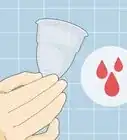
-Step-14.webp)




































